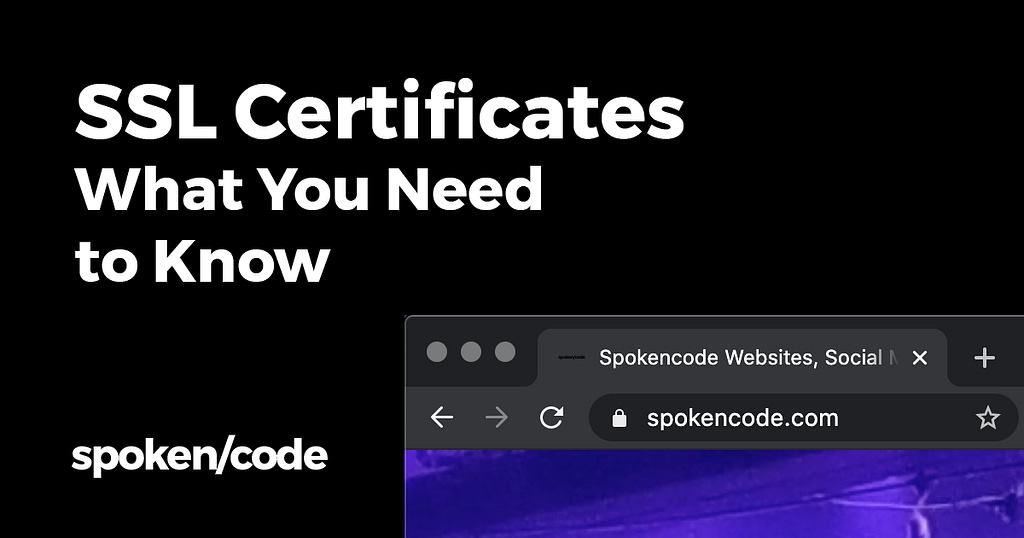Website
A content management system (CMS) is the engine of your website. When creating a website for your business, choosing your CMS determines your website's superpowers. The are many website builders ranging from simple to complex, small business to enterprise. If you are wondering how to create a website free of cost, Wix, Weebly, Squarespace and Wordpress will all let you get started. The catch is that you'll need to pay to use your own domain name. Wordpress is the most common for bloggers, entrepreneurs and small businesses.
SSL Website Security
Google Chrome warns users browsing non-secure sites. Apple Safari will soon reject any HTTPS certificate valid for more than 13 months. A valid SSL certificate is required nowadays to avoid issues regardless of whether your website takes payments or not.
So, Google gives a ranking boost for websites using HTTPS. But, purchasing and installing an SSL certificate and switching to HTTPS is only the beginning. Even if you have a security certificate installed, specific page URLs can trigger a "Mixed Content" warning if they point to non-secure resources like images and scripts. These pages will display as non-secure in browsers.
Use a mixed content checker to search recursively, following internal links, for pages with non-secure images, scripts and css-files that are triggering a "Mixed Content" warning. For Wordpress sites, these issues can be fixed with a serialized data search and replace operation.

Mobile Friendliness
These days, more people are accessing the web from mobile devices than desktops. Therefore, Googlebot primarily crawls and indexes pages with a smartphone agent going forward. A mobile-friendly website plays a critical role in your organic visibility across the web.
Cumulative Layout Shift (CLS) is a measurement of visual stability in web pages to ensure a good user experience. A layout shift happens when visible elements change position from one rendered frame to the next. CLS measures the total of all individual layout shift scores for every unexpected layout shift that happens while on the page.
Search & Social Optimization
You want your website content to be found and shared. It needs to be optimized accross the web including Google search, Facebook’s OpenGraph also used by Pinterest’s Rich Pins and Twitter Cards.


Performance
Users are looking for information. The faster your site loads, the less chance a user leaves. You’ll have a better chance of ranking on Google over slower sites that drive higher bounce rates. Measure and optimize your site’s page speed.
Tracking and Targeting
Knowing your audience is the first step. Converting them into customers is the next step. Using Google Chrome Browser, install these extensions to check for tracking and remarketing snippets for Google and Facebook.
Local Search
Name, address and phone number (NAP) is critical for business rankings in local, organic, geo-targeted search. Accuracy and consistency is the key.

Structured Data
Structured data tells search engines about your business’s industry, hours, organization, prices, reviews, contact information and more. Don’t leave it up to the search engines to figure out. Ensure each of your webpages has the correct information with structured data.

SEO Friendly URLs
URLs should be friendly to humans and search engines. Links should be as readable as possible by reducing length, file names, code strings and special characters. Determine whether your URLs are SEO friendly and if they aren't, consider changing your pages titles and permalinks. Beware, you can break all of your links indexed by search engines and significantly damage SEO score.
Sitemaps
Sitemaps list the URLs for a site along with additional metadata about each URL (when it was last updated, how often it usually changes, and how important it is, relative to other URLs in the site) so that search engines can more intelligently crawl the site. Sitemaps are always found at YourDomain.com/sitemap.xml









